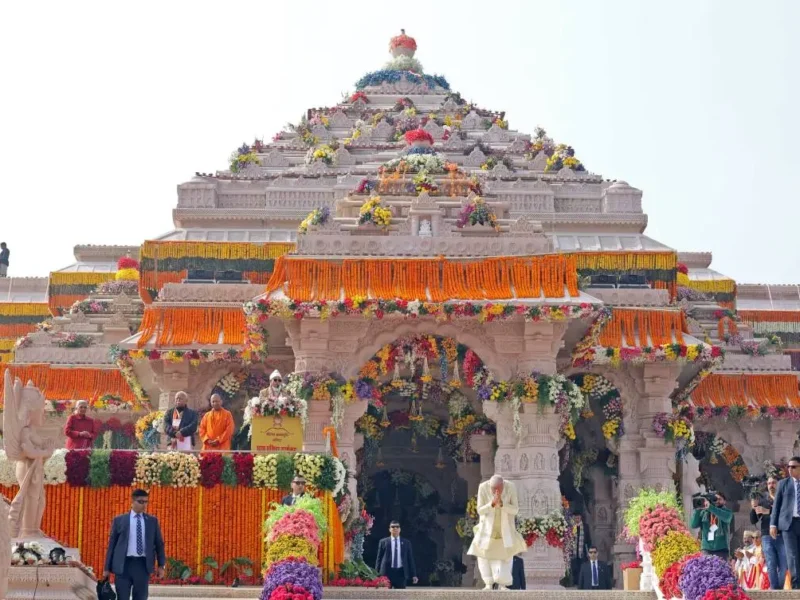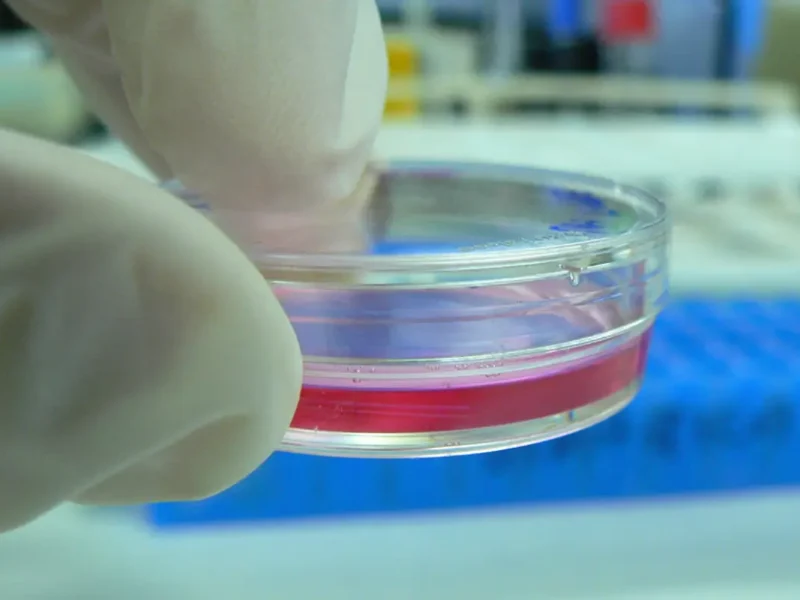
Teenagers And Voting Rights
From T.S. Khanna, Alamo, CA
On March 23, 1971, Congress proposed the 26th Amendment to allow voting rights for teenagers. On July 1st, 1971, 3/4th of the states ratified the proposed 26th Amendment, lowering voting rights from age 21 to 18.
The narrative used as the main argument to lower the voting age was: “if a citizen is old enough to fight in a war, he/she is old enough to vote also”.
The narrative sounds logical to the common man without being so. For carrying out orders to fight, a different mindset is required than to make an independent judgment for voting.
When our logic is not in order, the more of it we use, the greater is our cultural ignorance.
Now look at the non-partisan insight of the medical science of the teenage brain.
· It is wired differently than that over the age of 22.
· It is a confounding organ.
· It’s quotient of grey matter — neuron filled responsible for cognitive and emotional functions — peaks only in age well into the twenties.
· It is short on the white matter (cerebrum) that ensures coordination of various thoughts and emotions within the brain.
· The connection between the frontal lobe and the rest of the brain does not fully form until the age 22 or more. The frontal lobe is the part of the brain with the ability of foreseeing the consequences of one’s actions and the difference between good and bad.
The young brain is the brain that gradually ripens into the brain with age.
We recommend that the minimum voting age should be raised to 25 years with certain prerequisites discussed elsewhere.
(This submission is not edited.)




